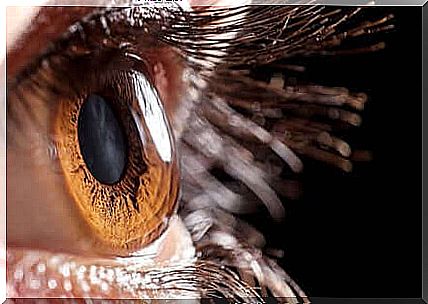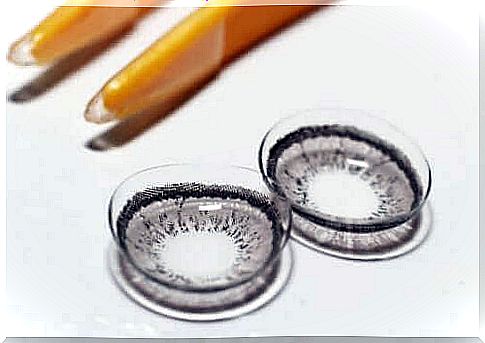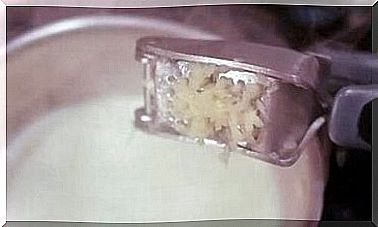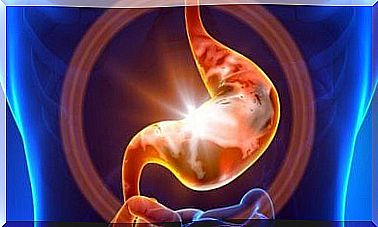Care After A Corneal Transplant

Today we are going to talk about care after a cornea transplant. A cornea transplant is a surgical procedure in which a medical professional replaces a damaged or diseased cornea with a donor’s cornea.
The main goal of a corneal transplant is to improve the patient’s vision. In addition, this procedure can restore the morphology of the cornea and remove inflamed tissue that does not respond to medical treatment.
A corneal transplant is the only treatment for people with severely damaged cornea. However, patients should only have this surgery if the inside of the eye, i.e. the retina and optic nerve, is still working properly. Some conditions that can damage the cornea include:
- glaucoma
- Optic nerve disease
- retinal detachment
- Inflammation in the eyeball
- Severe infection in the eyeball
Before we describe the steps of a cornea transplant and the care required, you must first fully understand the affected eye structure: the cornea.
What is the cornea?

The cornea acts as a lens and breaks down the passage of light from the outside to the inside. The eye contains a series of complex structures. These include the cornea. This eye structure allows light to pass through from the outside in. Its function protects the iris and the lens (two other eye structures).
The cornea has refractive properties, a transparent structure and a characteristic curvature that allows it to perform its functions:
- To protect the eye, it shares this function with the eyelid, eye socket, tears and whites of the eye.
- Controlling the focus and the entry of light into the eye.
Types of Corneal Transplants
There are two main types of corneal transplants. These corneal transplants are namely the following:
- Traditional full thickness corneal transplant (also known as penetrating keratoplasty)
- Posterior layer corneal transplant (also known as endothelial keratoplasty)
The latter is becoming more popular of late, as doctors prefer it over a traditional full-thickness graft. We will discuss them in detail below.
1. Traditional full thickness corneal transplant
This is the only alternative when all layers of the cornea are affected. It has a major drawback, which is that the transplanted endothelium is the main stimulus for rejection.
Care after a traditional full thickness corneal transplant
This intervention has a fairly slow recovery period. In fact, it can take up to 12 months. However, most people begin to notice an improvement in the first few days after surgery.
During the first year, the doctor will remove the stitches. The final result of the vision is not known until the doctor has removed all the stitches. The patient must then make a minimum of 10 visits after the operation.
In addition, approximately 15% of patients will need to use contact lenses. Meanwhile , 10% of them need a correction of the residual astigmatism.
2. Back-layer corneal transplant

In the case of corneal surgery, the patient must strictly follow the precautions of the doctor and also take the prescribed drugs to avoid complications. There are two types of operations within this process:
- On the outside. Used for corneal conditions that do not affect the endothelium. Some examples are keratoconus and scarring on the cornea. These diseases affect the cornea, but do not affect the endothelium.
- Endothelial transplant. In this case, the damaged part of the cornea is replaced by healthy corneal donor tissue. To perform it, the doctor then uses a much smaller incision that does not require stitches.
Other recommendations
Here are some other tips you should follow to ensure that your recovery process after a corneal transplant is more effective and therefore faster:
- Do not touch or rub the eye.
- Do not drive, operate machinery, drink alcohol, or make important decisions for at least 24 hours after surgery.
- You should limit activities that can cause a drop or increase in intraocular pressure. For example, avoid activities that require physical contact.
- Stay away from dust and dirt.
- Carefully follow the treatment indicated by your doctor.
- Go to all checkups after surgery.









